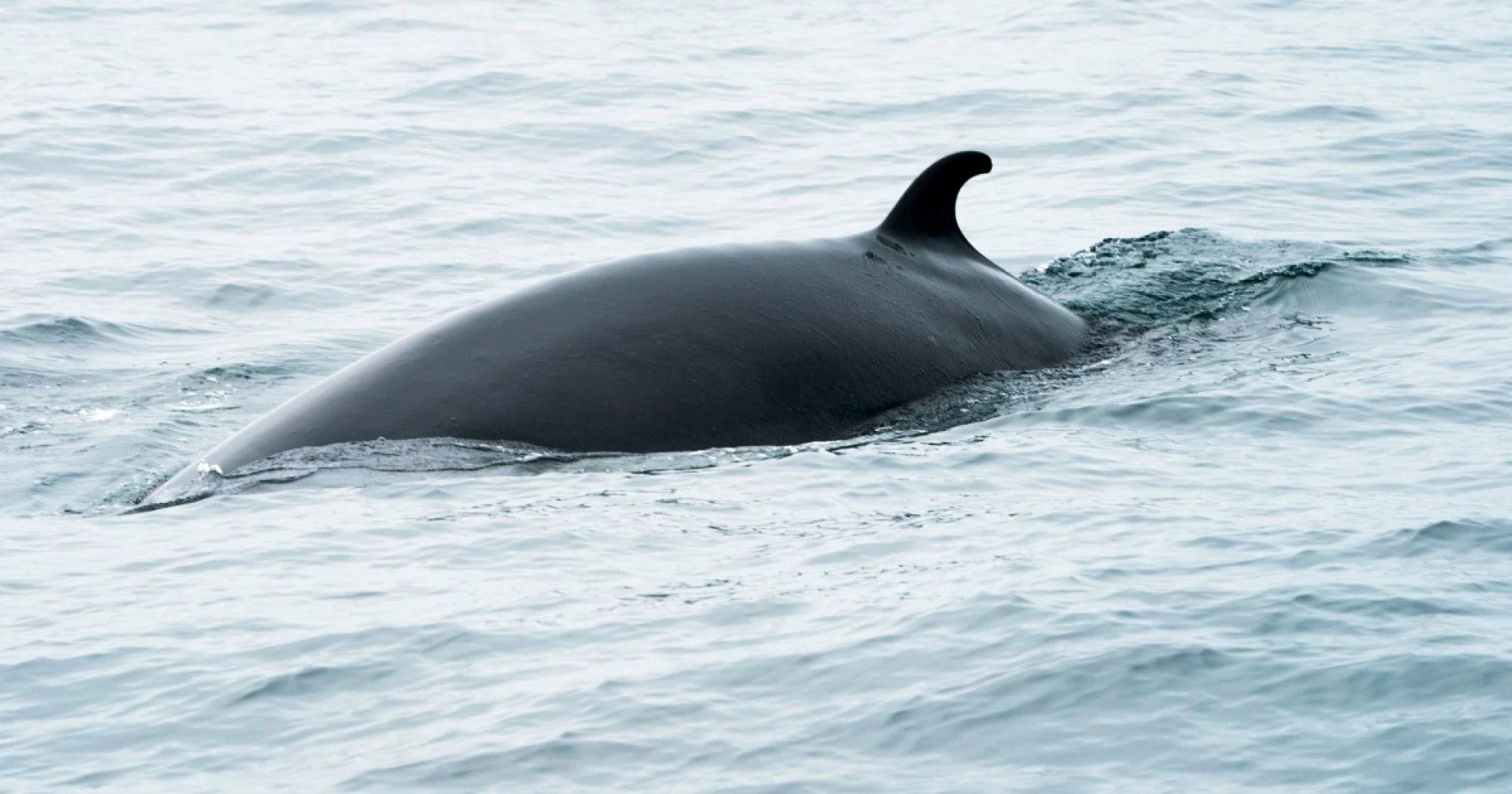Researchers capture baleen whales for the first time to study their hearing

Scientists temporarily captured baleen whales and tested their hearing, a step that some activists said could lead to the giant animals' deaths.
For the first time, scientists temporarily captured baleen whales and tested their hearing, a controversial step that brings researchers closer to understanding how some of the largest and most intelligent animals on Earth perceive their world.
In 2023, researchers captured two juvenile minke whales off the coast of Norway, applied gold-plated electrodes to their skin with suction cups and then examined their brain waves as different frequencies of sound played. Each young whale was at least 12 feet long and weighed about 1 ton.
The results of the study, published Thursday in the journal Science, surprised whale researchers because they suggest the creatures can hear at much higher frequencies than expected. The mammals’ ability far exceeds that of typical humans, the research suggests.
“It was a bit shocking,” said Dorian Houser, director of conservation biology for the National Marine Mammal Foundation and the study’s lead author. “They have this ultrasonic hearing, which we think is probably related to avoiding the killer whale as a primary predator since they use echolocation signals to hunt their prey at the same frequencies.”
The surprising findings come amid growing concern about the effects of ocean noise from sources like naval sonar, oil and gas exploration and ship traffic, which can alter marine mammals’ behavior, cause hearing loss and even kill them. The new information could shift what noisy activities are allowed in the ocean under the Marine Mammal Protection Act or lead to restrictions on some equipment.
Rating: 5